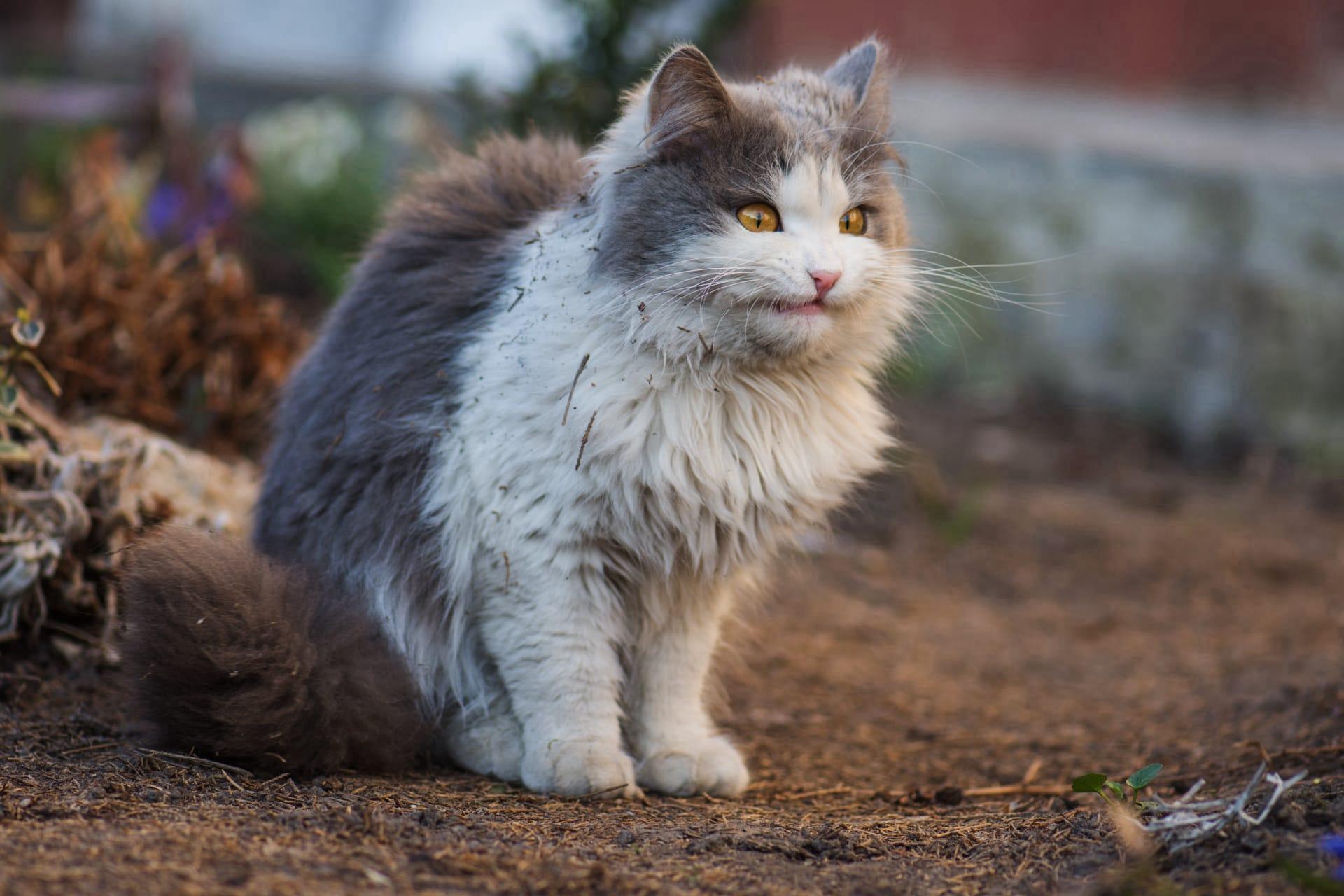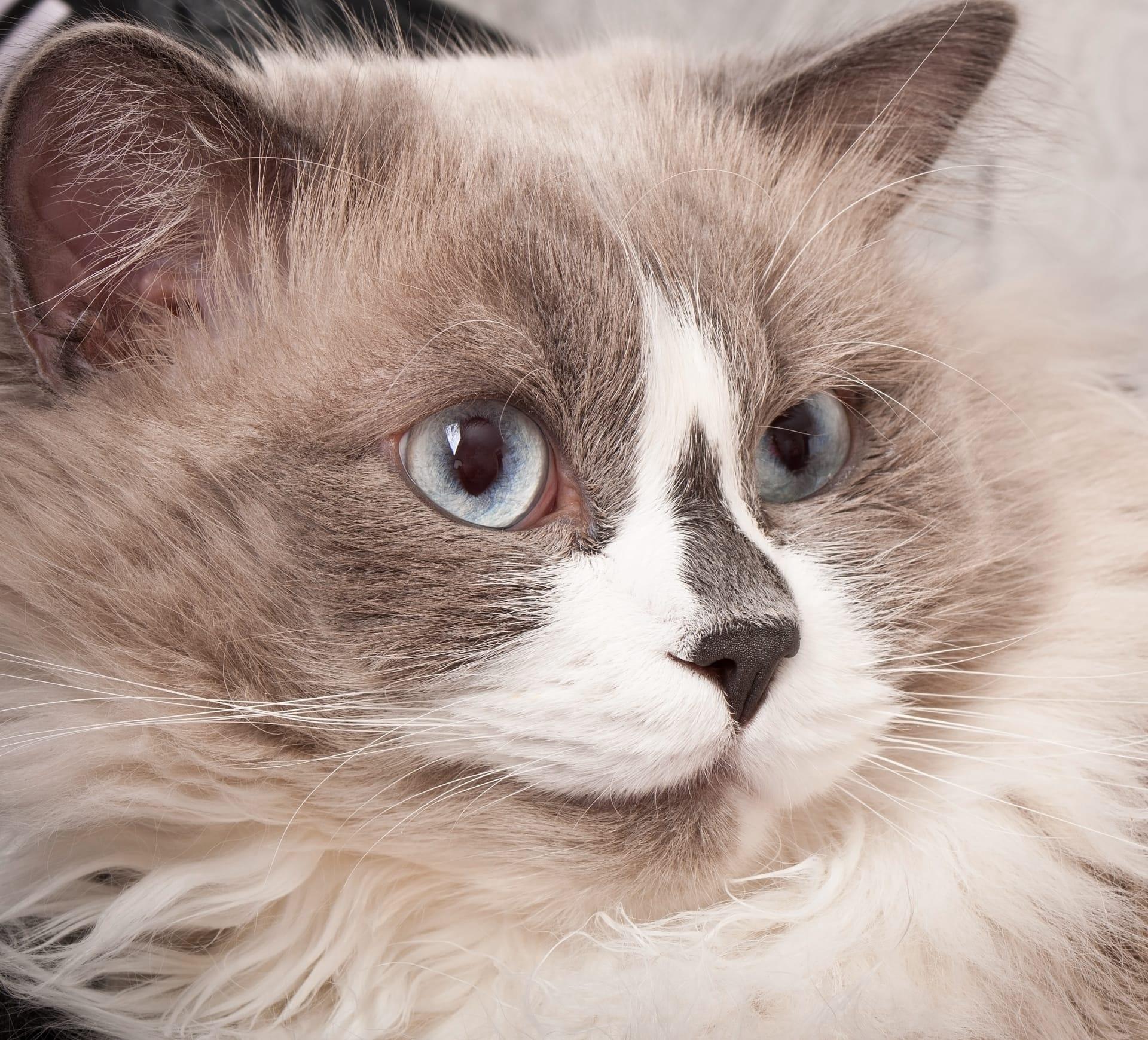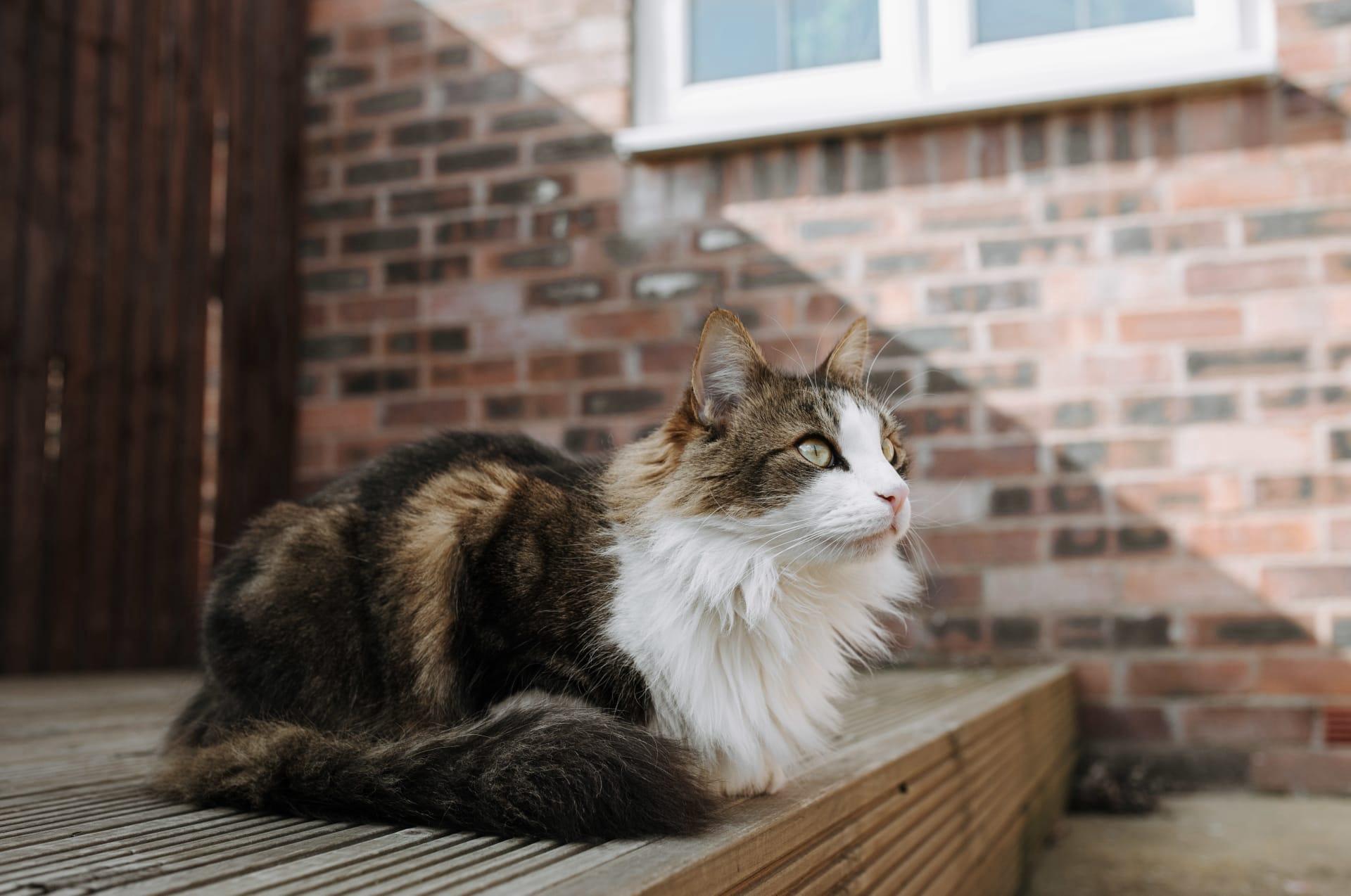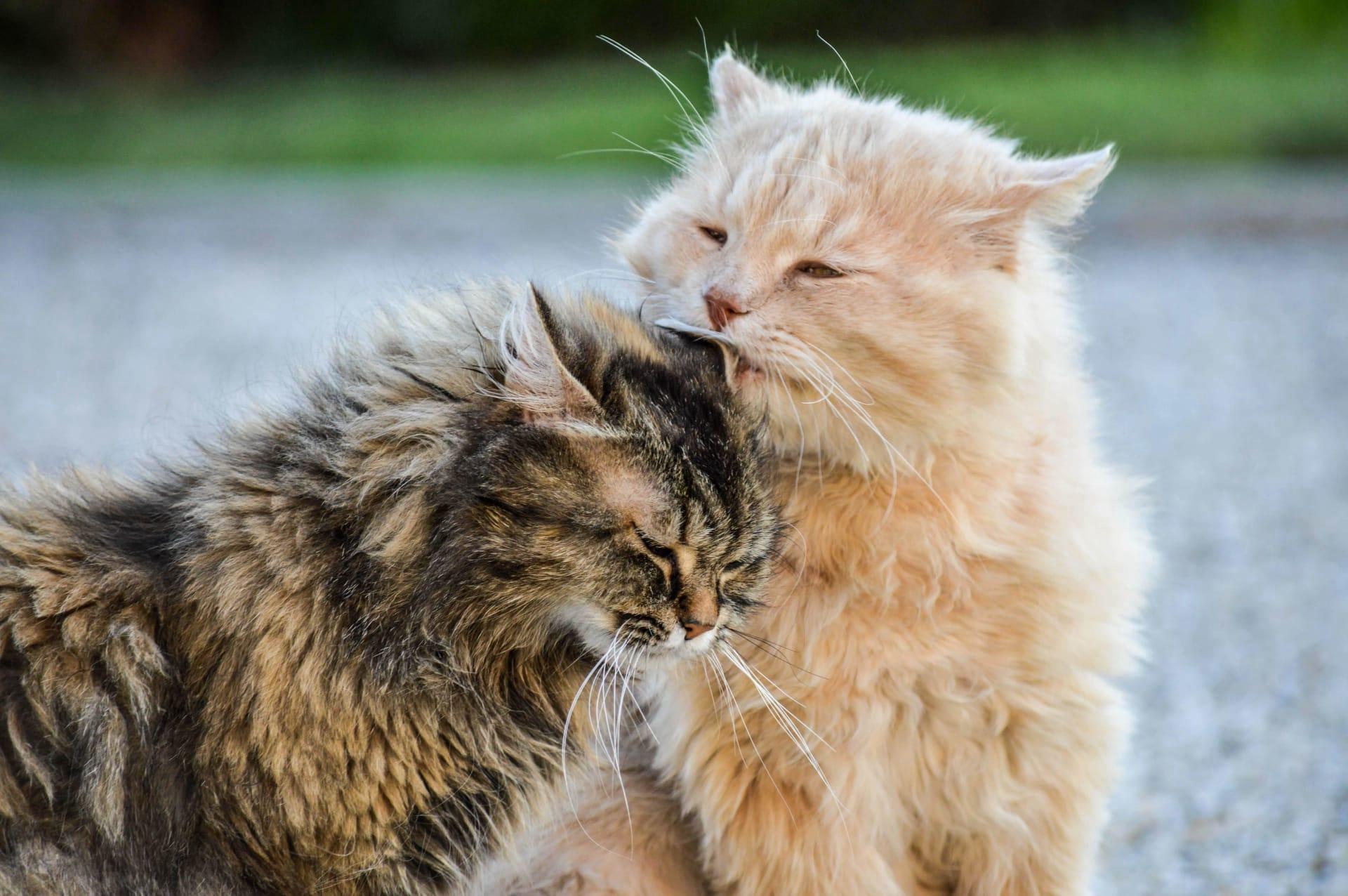Cymric Cat Trivia
- Home /
- Trivia Question /
- Animal /
- Cymric Cat Trivia
1
Question: What are the distinctive physical features of the Cymric Cat?
Answer: The Cymric Cat, often celebrated for its striking appearance, is characterized by its medium to large size, muscular build, and rounded appearance. They possess a double coat that can come in various colors and patterns. However, their most notable feature is their tail—or lack thereof. Some Cymrics are completely tailless, while others may have a short stump or a normal tail length. This variation results from a genetic mutation. Their round eyes and wide-set ears atop a rounded head give them a uniquely charming look.
Question: How does the taillessness of Cymric Cats affect their balance and mobility?
Answer: Despite what might seem like a handicap, the taillessness of Cymric Cats does not significantly impair their balance or mobility. These cats have adapted to move with remarkable agility and grace. Their powerful hind legs enable them to jump and climb with ease. In fact, many Cymric Cats develop a unique way of running that resembles a rabbit's hop. Their balance is maintained by a combination of spinal and muscular adjustments, showcasing nature's adaptability. Studies suggest that while they may not have the tail to aid in balance like other felines, they compensate through enhanced spatial awareness and coordination.

2
Question: Is it true that all Cymric Cats are born tailless?
Answer: No, this is a common misconception. Not all Cymric Cats are born tailless. The gene responsible for their taillessness is autosomal dominant, which means that even if a kitten inherits just one copy of the gene from one parent, it can be born tailless. However, because it's possible for a Cymric to inherit a gene for a full tail from one parent and not the tailless gene from the other, they can also be born with a short stump or even a full tail. The breed standard accepts all tail lengths, from no tail to full tail, categorizing them as rumpy, rumpy-riser, stumpy, and longy.
Question: Do Cymric Cats have any special grooming needs due to their unique coat?
Answer: Yes, Cymric Cats do have specific grooming requirements, primarily because of their dense double coat. They shed seasonally and require regular brushing, at least a few times a week, to remove dead hair and prevent matting. During shedding season, daily brushing may be necessary to keep up with their hair loss. Despite their thick coat, they do not require professional grooming if maintained regularly at home. Bathing is rarely needed unless the cat becomes particularly dirty. Grooming sessions also offer a great opportunity for bonding and checking for any skin issues or parasites.

3
Question: What is the origin of the Cymric Cat, and how did it get its name?
Answer: The Cymric Cat hails from the Isle of Man, located between Great Britain and Ireland, where it is believed to have lived for centuries. Its name, "Cymric," reflects this heritage; it is derived from "Cymru," the Welsh name for Wales, which is geographically close to the Isle of Man. The breed developed naturally on the island, and its taillessness is a result of a genetic mutation that occurred due to the island's isolated population. The breed was only formally recognized in the latter half of the 20th century and was named "Cymric" to honor its Celtic origins.
Question: How does the Cymric Cat's personality compare to other cat breeds?
Answer: The Cymric Cat is renowned for its gentle, playful, and affectionate nature, often compared to that of a loyal dog. They are known to form strong bonds with their human companions and are typically good with children and other pets. Cymrics are intelligent and curious, enjoying interactive toys and games that challenge their minds. They also have a sociable temperament, making them excellent companions. Unlike some more independent cat breeds, Cymrics seek out human interaction and love being part of the family activities. Their amiable disposition makes them a favorite among cat lovers who appreciate a more engaged and affectionate feline friend.

4
Question: Can Cymric Cats participate in cat shows, and what are the standards?
Answer: Yes, Cymric Cats can participate in cat shows, and they are judged according to specific breed standards that focus on their overall appearance, including body shape, coat quality, and color. The standards emphasize their rounded body shape, strong muscular build, and the quality and texture of their double coat. Tail length is varied, and all types from rumpy to fully tailed are accepted, but the lack of a tail or having just a rump bump is often preferred in shows. Judges also consider the cat's balance, movement, and temperament. Despite the competitive nature of shows, Cymric Cats with their friendly and calm demeanor tend to do well in such environments.
Question: What are the health considerations specific to Cymric Cats?
Answer: Cymric Cats are generally healthy, but like all breeds, they have predispositions to certain health issues. The gene that causes their taillessness can also lead to spinal problems, such as spina bifida, where the spine does not develop properly. This condition can vary in severity, from no symptoms to significant impairment. Additionally, their dense coat requires regular grooming to prevent skin issues. Responsible breeding practices are crucial to minimize the risk of genetic disorders, including careful selection against breeding cats with severe spinal issues. Regular veterinary check-ups are essential to ensure a Cymric Cat's long-term health and well-being.

5
Question: What is the average lifespan of a Cymric Cat, and how can it be maximized?
Answer: The average lifespan of a Cymric Cat is around 12 to 15 years, although with good care, some can live into their late teens. Maximizing their lifespan involves a combination of regular veterinary care, a balanced diet, routine exercise, and mental stimulation. A high-quality diet tailored to their age, health status, and activity level helps maintain optimal health. Regular play and interaction cater to their social nature and keep them physically active, while also preventing obesity. Preventative care, including vaccinations and parasite control, along with attention to any signs of illness, ensures they remain healthy throughout their lives.
Question: How does the Cymric Cat adapt to living environments, such as apartments or houses with yards?
Answer: Cymric Cats are highly adaptable and can thrive in various living environments, from spacious houses with yards to smaller apartments. Their calm and laid-back nature makes them well-suited to indoor living, where they can safely explore and play. However, they also appreciate access to secure outdoor spaces where they can indulge their curiosity and natural hunting instincts in a safe manner. Regardless of the living situation, providing ample opportunities for play, exploration, and interaction is key to keeping a Cymric Cat happy and healthy. Their adaptability and sociable nature make them excellent companions for a wide range of households.